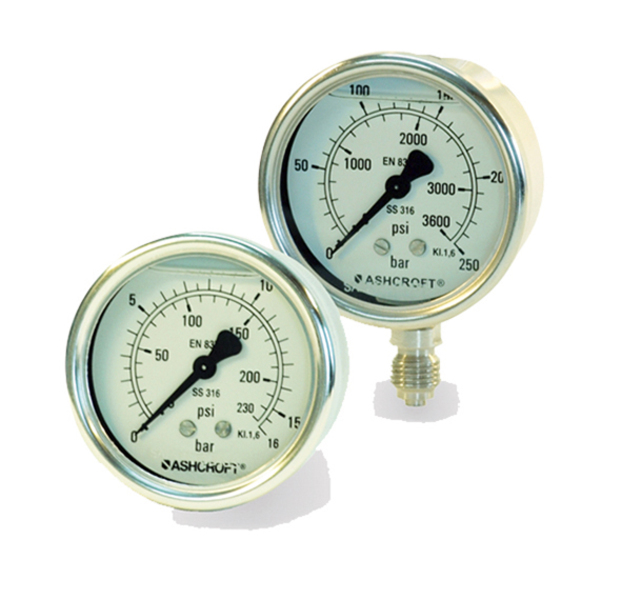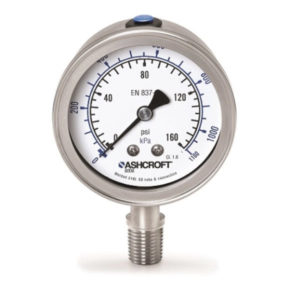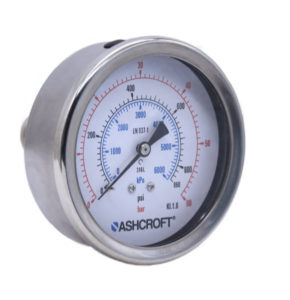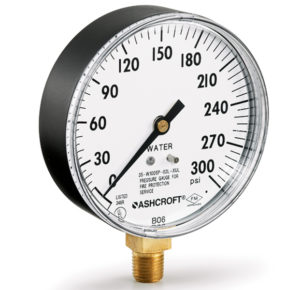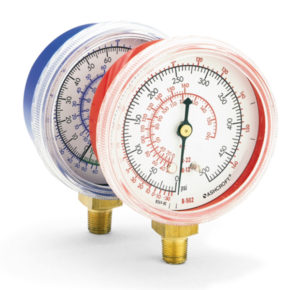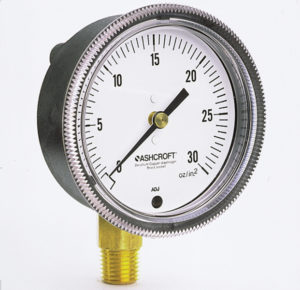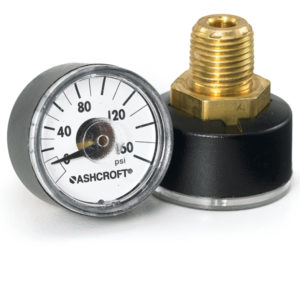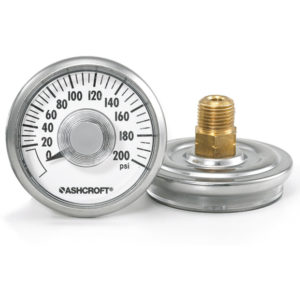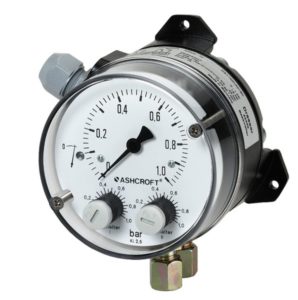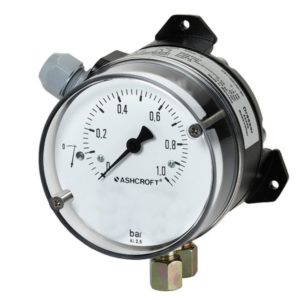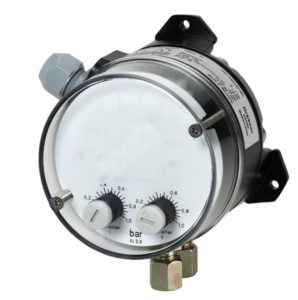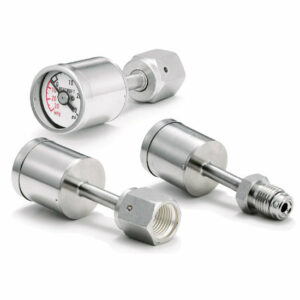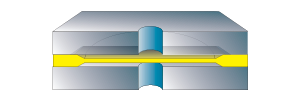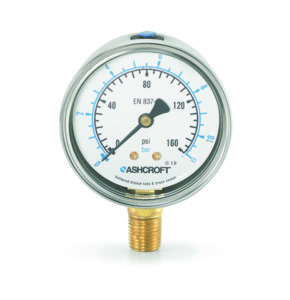

5008 63 mm Stainless Steel Pressure Gauge
5008 63 mm Stainless Steel Pressure Gauge
The Ashcroft® 63 mm 5008 pressure gauge offers exceptional quality and reliability in an all stainless steel pressure gauge.
Features & Properties
Use & Application
Downloads
Features & Properties
Use & Application
The 5008 pressure gauge is ideal where stable, pressure measurement is essential:
Downloads
Data Sheets
Installation + Maintenance
Declaration of Conformity
- 📄 ATEX EU DoC 5008 08-2022 🇩🇪🇬🇧
- 📄 EU DoC 5008 09-2022 🇩🇪🇬🇧
- 📄 UKCA DoC Pressure Gauge / Manometer 11-2022 🇩🇪🇬🇧
Product + Technical Information
- 📄 Product Information Page Safety Concerns Using Repaired and Reconditioned Pressure Gauges ASH-PI-58A 🇬🇧
- 📄 Product Information Page Gauge Throttle Screw Selection ASH-PI-7A 🇬🇧
Drawings + Models
- 📄 Drawing Stainless Steel Pressure Gauge 63 5008 L 🇬🇧
- 📄 Drawing Stainless Steel Pressure Gauge 63 5008 B XFX 🇬🇧
- 📄 Drawing Stainless Steel Pressure Gauge 63 5008 B 🇬🇧
Safety Data Sheets
The Ashcroft® 5008 pressure gauge according to EN 837-1 with an open front stainless steel case is designed for high performance and reliability. Features include 63 mm size, panel mounting options, and optional ATEX approvals.
Key Features
All-stainless steel movement
Socket welded to case
Rugged stainless steel construction
Cost effective
Ventable fill plug
Markets & Applications
Pumps and Compressors
Equipment Skids
Pulp and Paper
Food and Beverage
Machine Automation
- Specifications
- Downloads
Case or Body Material
Stainless steel 304 (1.4301)
Stainless steel 316L (1.4404)
Process Connection Location
Lower
Centre back
Accuracy
1.6% of span (class 1.6)
Case Style
Open front case with blow out (S1)
Dial Size
63 mm
Mounting
Flush
Stem
Surface
Pressure Type
Gauge pressure
Dampening
Liquid fill
Throttle screw
Ranges
Vacuum
Compound
1 ... 1000 bar / 15000 psi
Wetted Parts Material
Stainless steel 316L (1.4404)
Ingress Protection
IP66 / IP67
Process Connection Style
Threaded
Data Sheets
Installation + Maintenance
Declaration of Conformity
- 📄 ATEX EU DoC 5008 08-2022 🇩🇪🇬🇧
- 📄 EU DoC 5008 09-2022 🇩🇪🇬🇧
- 📄 UKCA DoC Pressure Gauge / Manometer 11-2022 🇩🇪🇬🇧
Product + Technical Information
- 📄 Product Information Page Safety Concerns Using Repaired and Reconditioned Pressure Gauges ASH-PI-58A 🇬🇧
- 📄 Product Information Page Gauge Throttle Screw Selection ASH-PI-7A 🇬🇧
Drawings + Models
- 📄 Drawing Stainless Steel Pressure Gauge 63 5008 L 🇬🇧
- 📄 Drawing Stainless Steel Pressure Gauge 63 5008 B XFX 🇬🇧
- 📄 Drawing Stainless Steel Pressure Gauge 63 5008 B 🇬🇧
Safety Data Sheets
- Category: Industrial Gauges
We’re glad to be there for you personally.
Siamo personalmente a vostra disposizione!
Nous sommes personnellement là pour vous.
Şahsen yanınızda olmaktan mutluluk duyuyoruz.
We zijn blij dat we er persoonlijk voor u kunnen zijn.
Wir sind persönlich für Sie da!
Siamo personalmente a vostra disposizione!
Nous sommes personnellement là pour vous!
Select your Region!

